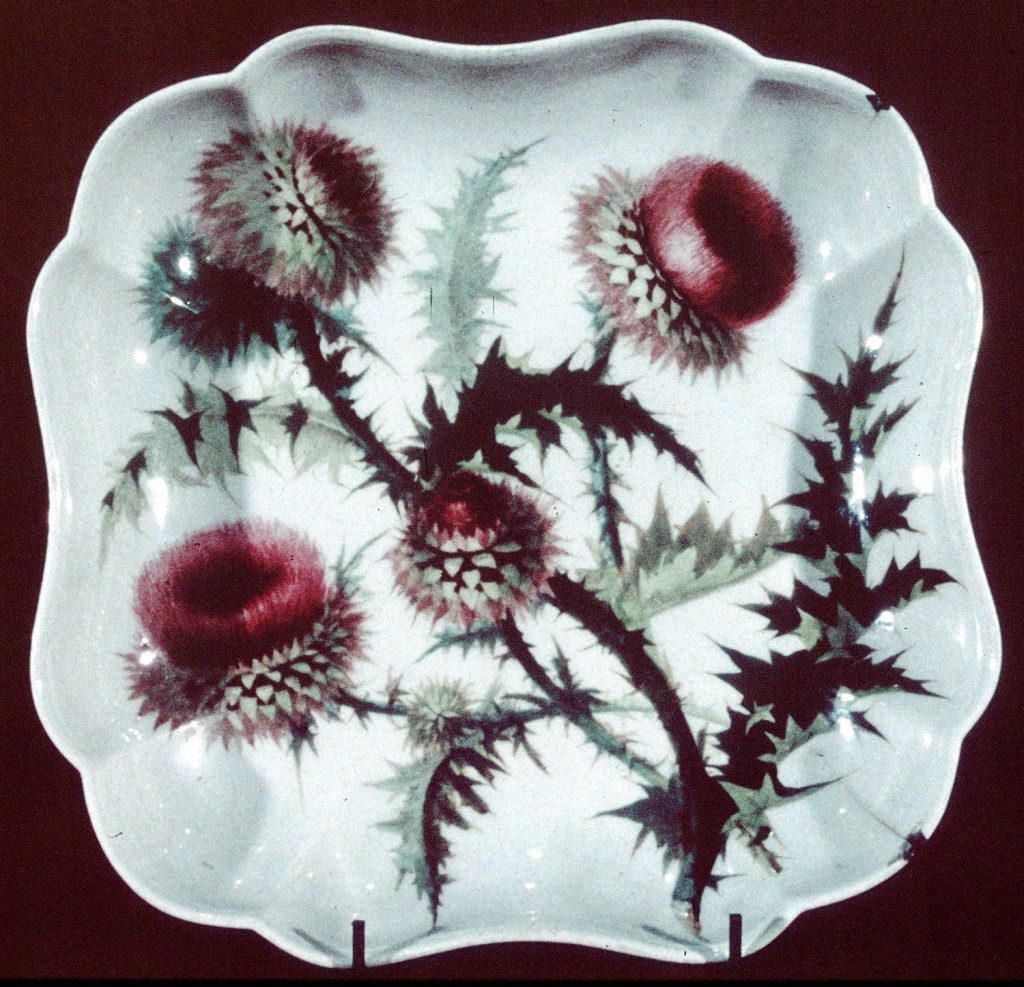William Pegg’s Thistle Dish, c.1800
William Pegg arrived at Derby in 1796, only to leave in 1800 when he became a Quaker. Following the doctrine of simplicity and lack of decoration, he considered his flower painting as “lust of the eyes” and destroyed many of his sketchbooks. However, he returned to the factory in 1813. His surviving sketchbooks have recently been discovered. This has helped to identify many of his works. Pegg’s flowers are often life-size, and cover the whole of a plate. Gilding is usually very restrained. William Pegg’s painting of a thistle is considered to be one of the finest depictions of plant ever made on porcelain.
Image from: Derby Museum and Art Gallery
« Previous in this sectionNext in this section »Continue browsing this section
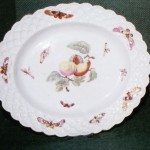 Derby Porcelain in the 18th and early 19th centuries
Derby Porcelain in the 18th and early 19th centuries
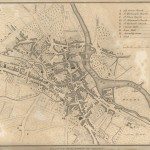 Derby Porcelain: André Planche and William Duesbury
Derby Porcelain: André Planche and William Duesbury
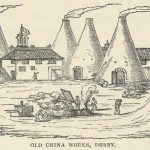 Derby Porcelain: William Duesbury II and Robert Bloor
Derby Porcelain: William Duesbury II and Robert Bloor
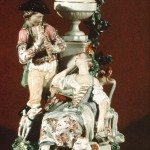 Pastoral Group, c.1770
Pastoral Group, c.1770
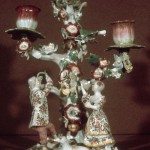 Candelabrum, c. 1755-60
Candelabrum, c. 1755-60
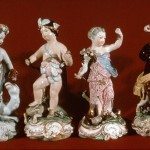 The Four Quarters (Continents), c.1775
The Four Quarters (Continents), c.1775
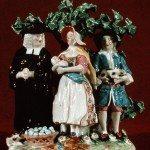 Tithe Pig Group, c.1765-70
Tithe Pig Group, c.1765-70
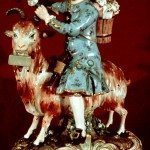 The “Welsh” Tailor, c.1770
The “Welsh” Tailor, c.1770
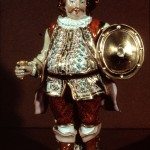 James Quin as Falstaff, c. 1825
James Quin as Falstaff, c. 1825
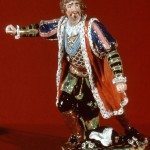 Edmund Kean as Richard III, c.1815
Edmund Kean as Richard III, c.1815
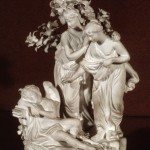 Virgins Awakening Cupid, c.1780
Virgins Awakening Cupid, c.1780
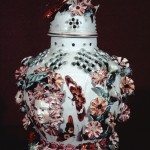 Frill Vase and Cover, c.1760
Frill Vase and Cover, c.1760
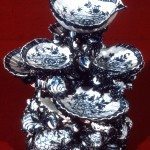 Blue & White Table Centre in two parts, c.1760
Blue & White Table Centre in two parts, c.1760
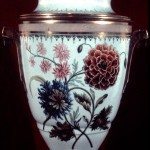 Ice Pail, c.1796-1800
Ice Pail, c.1796-1800
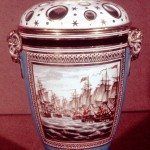 Pot-Pourri, c.1800-1810
Pot-Pourri, c.1800-1810
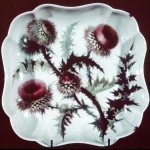 William Pegg’s Thistle Dish, c.1800
William Pegg’s Thistle Dish, c.1800
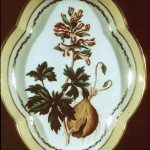 Dish, c.1800
Dish, c.1800
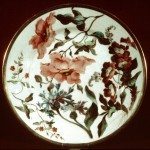 Dessert Plate, c.1813-1820
Dessert Plate, c.1813-1820
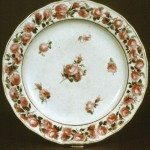 William Billingsley’s Prentice Plate, 1790-1795
William Billingsley’s Prentice Plate, 1790-1795
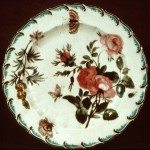 Dessert Dish, c.1790
Dessert Dish, c.1790
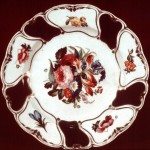 A Dessert Plate from the Trotter Service, c.1825
A Dessert Plate from the Trotter Service, c.1825
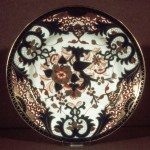 Dessert Plate (Imari)
Dessert Plate (Imari)
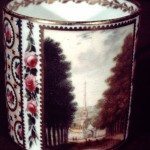 Coffee Can, c.1793-4
Coffee Can, c.1793-4
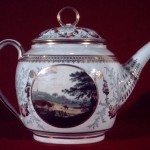 Teapot, c.1795
Teapot, c.1795
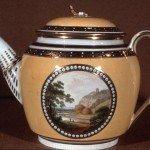 Teapot, c.1795
Teapot, c.1795
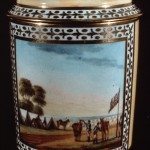 Chocolate Mug with Cover, c.1800
Chocolate Mug with Cover, c.1800



